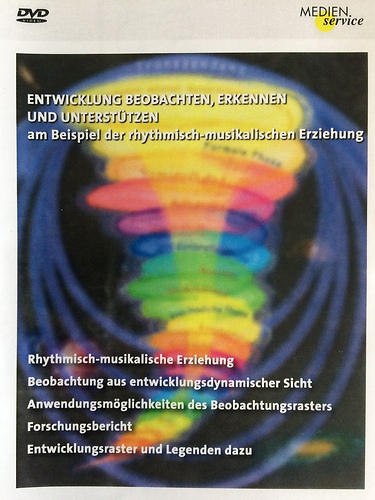Observing, recognising and supporting development
© Garnitschnig, Neira Zugasty & Falschlunger 2021
After the first publication of the Table of the Development of psychological Functions in application within Rhythmics in the research report Rhythmik als Movens der Entwicklung der psychischen Funktionen (Garnitschnig, Karl & Neira Zugasti, Helga, Vienna 2006), an updated version of this same table including additional explanations will be presented with 2021 in cooperation with Christoph Falschlunger.
The theoretical basis as well as the detailed handling of the developmental grid can be found in the following .pdf files and in the youtube video:
>> On the developmental grid of psychological functions - TPO 2006/2020:
Introductory text, developmental grid and its explanations
>> To the research report 2006 (in German):
Rhythmics as Movens of the Development of Psychicological Functions (theoretical foundations and practical application)
>> To the video 2008 (in German, with subtitles in English):
Observing, recognising and supporting development using the example of rhythmic-musical education/Rhythmics
Description of the video based on the DVD:
Developmental observation and support is shown using the two holistic methods: Theory of Psychological Operations (TPO © Karl Garnitschnig) as a theoretical background for reflection on observation, and Rhythmics/Rhythmic-Musical Education as a practical, pedagogical method that works with basic skills such as movement, musical-creative expression, voice and with materials based on the phenomenon of rhythm, mostly in groups.
Contents: 1. the phenomenon of rhythm (4'08"), 2. developmentally dynamic oriented observation and analysis of learning situations (15'39"), 3. application of the observation grid (2'43")
Recommended use: Educators in kindergarten and elementary education, school, integrative and inclusive groups, adult education.
Production: Neira Zugasti, Helga & Garnitschnig, Karl (Vienna, 2008)
© Neira Zugasti & Garnitschnig 2008


